Electric bikes have become increasingly popular across Europe due to their eco-friendliness and convenience. However, regulations regarding electric bikes vary from country to country, and understanding these differences is crucial for legal riding. This guide will help you navigate the key regulations in Europe's major countries, ensuring a safe and compliant riding experience.
General European Electric Bike Regulations
Despite some differences between countries, certain fundamental standards apply across Europe:
- Maximum speed limit: Electric bikes must not exceed 25 km/h.
- Motor power limit: The motor of an electric bike must not exceed 250 watts.
- Certification requirements: Electric bikes sold in Europe must meet CE certification and EN 15194 standards.
These common regulations help ensure the safe use of electric bikes and provide a legal framework for cross-border riding.
National Regulation Differences
Although the foundational regulations are similar, different European countries have specific rules, particularly regarding registration, age limits, and usage scenarios:
- Germany: Electric bikes with a power output exceeding 250 watts or speeds over 25 km/h must be registered and insured.
- France: Riders must be at least 14 years old and follow all traffic laws, riding only on designated bike lanes.
- Netherlands: Electric bikes must be ridden on dedicated bike lanes, and riders are required to follow all traffic signals.
- Italy: The maximum speed limit for electric bikes is 25 km/h, and riders must follow strict road safety laws. Some cities offer dedicated bike lanes.
- Belgium, Spain, Switzerland: These countries have varying requirements regarding safety gear and road rights, so it's essential to check local regulations before riding.
By understanding these differences, you can adjust your riding style and ensure compliance while traveling through different countries.
Electric Bikes vs. Other Electric Vehicles
Compared to other electric vehicles, electric bikes have relatively relaxed regulations:
- E-mopeds: These usually require registration, insurance, and a driver's license. They also face stricter power and speed restrictions.
- E-scooters: While gaining popularity, e-scooters are subject to stricter regulations in many countries due to safety concerns.
Electric bikes offer the advantage of being road-legal without the need for a license or insurance, making them ideal for short commutes and urban travel.
How to Ensure Compliance?
To ensure your electric bike complies with local regulations in Europe, focus on these key points:
- Buy an electric bike with CE certification: This ensures that your bike meets European safety standards.
- Ensure EN 15194 compliance: This is especially important for the motor and battery, as it prevents legal issues during use.
- Avoid illegal modifications: If your electric bike exceeds legal speed or power limits, it may invalidate your insurance and result in fines.
Following these steps will help you enjoy a safe and compliant riding experience across Europe.
Urban vs. Rural Regulations
Electric bike regulations differ between urban and rural areas across Europe. Understanding these distinctions will help you better plan your trips and stay within the law:
- Urban areas: In cities like Amsterdam and Paris, electric bikes must be ridden on dedicated bike lanes, and riders are required to follow all traffic signals and rules. Wearing a helmet is often recommended, and strict speed limits apply, especially in busy city centers.
- Rural areas: In rural regions of Germany and Italy, regulations tend to be more relaxed, but electric bike riders often share roads with motor vehicles. Extra caution is necessary, particularly where there are no dedicated bike lanes.
By adjusting your riding habits accordingly, you can enjoy a safer experience in different environments.
Future Regulation Trends
As electric bikes become more widespread across Europe, countries are adapting their regulations to accommodate new trends. The future may see:
- Higher power allowances: Some countries may permit higher-power electric bikes on specific roads, especially for long-distance commuters.
- Environmental incentives: With green initiatives growing in Europe, electric bikes could play a more prominent role in urban transport, and regulations may become more lenient.
Staying informed about these trends will help you adapt and enjoy greater flexibility in the future.
Make an Informed Choice for Your Ride
Understanding the electric bike regulations across Europe highlights the importance of choosing a bike that not only meets your everyday needs but also complies with legal standards. Especially for those who require long-distance riding or face challenging terrains, the power, range, and safety features of an e-bike are crucial factors to consider.
The H9 AWD e-bike is one of our standout products, designed after extensive market research. It not only complies with European regulations (maximum speed of 25km/h, 250W throttle-free) but also offers a powerful dual motor system, excellent battery range, and all-terrain fat tires. These features make the H9 AWD an exceptional choice for long-distance rides and difficult terrains. If you're looking for an e-bike that combines regulatory compliance with high performance, the H9 AWD is an ideal choice.
If you have any questions about electric bikes or would like to learn more about the H9 AWD, feel free to reach out to us via live chat on our website or send us an email. We’d be happy to assist you. You can also leave a comment below if you have any suggestions or further inquiries.






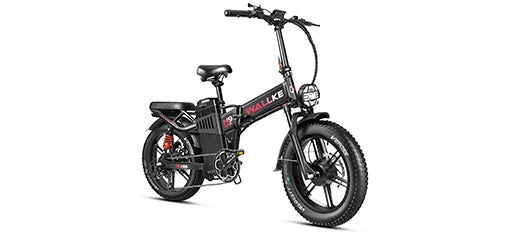
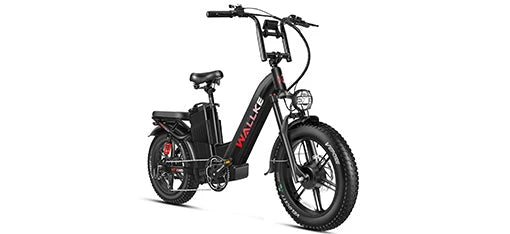
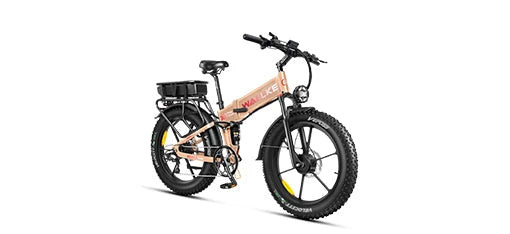

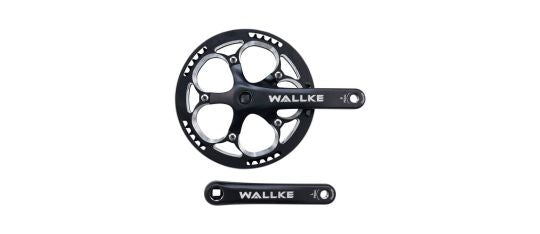




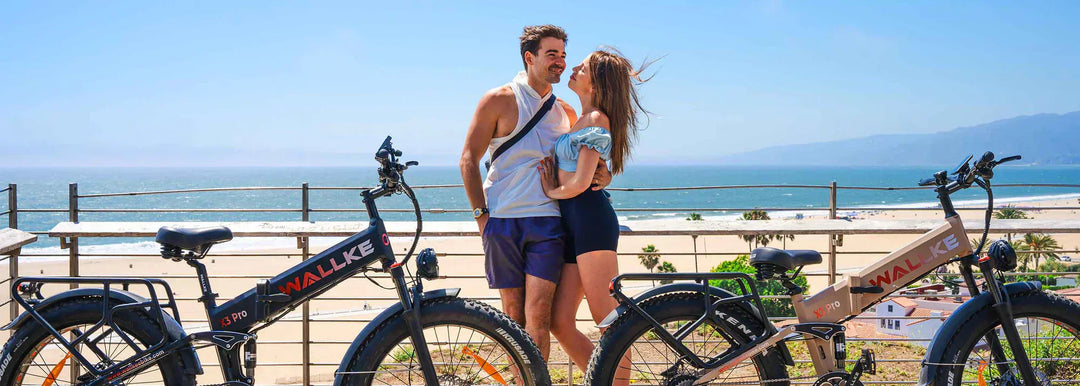

Leave a comment